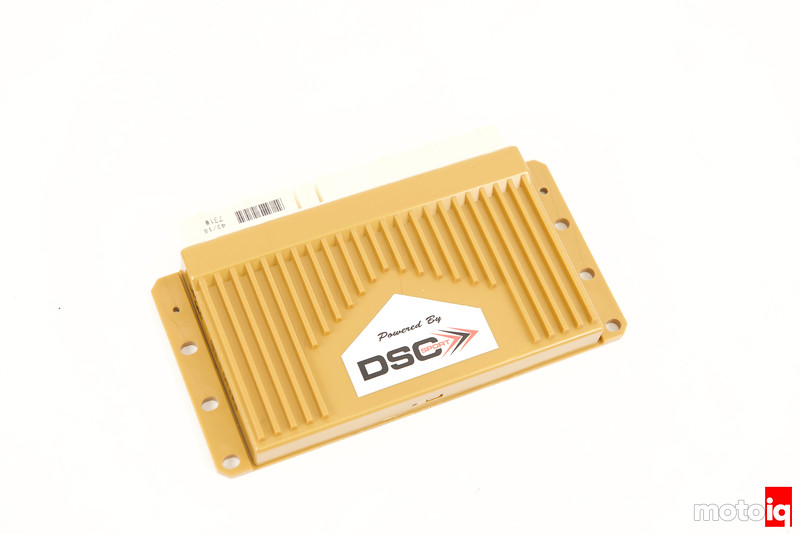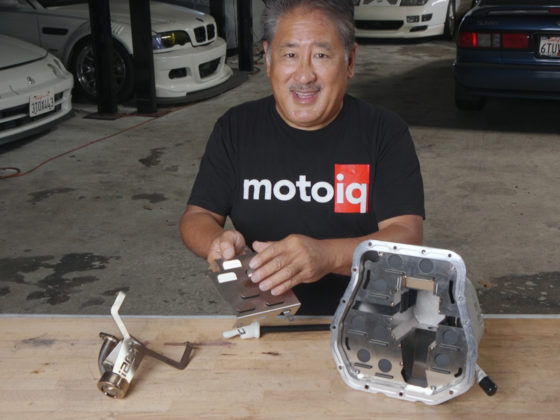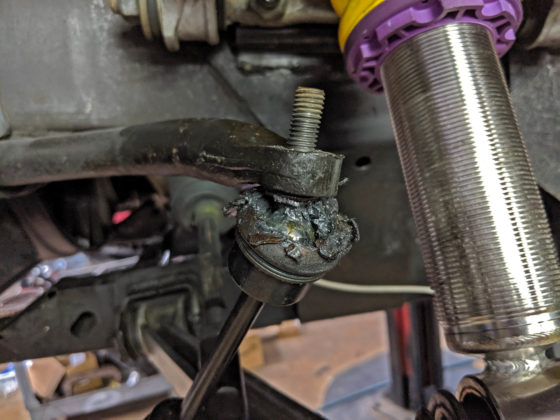
Velocity tuning is available for all cars that are ride-height equipped like our GT3RS. This tab is the equivalent of turning the knobs on a 4-way race damper! Here are the table equivalents of knobs.
Compression and Rebound table – Representation of low (0-3 IN/sec), medium (3-5 IN/sec), high (5-8
IN/sec) speed compression and rebound based on the travel speed of the shocks. Darker shades
indicate a positive percentage change (more damping) from what the shocks were calibrated at while
lighter shades indicate a negative percentage change (less damping) from what the shocks were
calibrated at.
– When looking at the table, “0” is static ride height, at the current time you will use 3 cells to
the left and 3 cells to the right of zero. The table will be from zero to 8” per second for
compression and rebound. Compression is the Negative values, left side of the table;
Rebound is the Positive values on, right side of the table.
– Please note cars should be zero traveled at ride height with driver on set-up table (see
setting tab).
Travel Stops – The values for the maximum compression and drop for each of the shocks, which
influences the values in the compression and rebound table.
Note: In order for Velocity tuning to be functional, you must zero your vehicle’s ride height (see Zero
Travel instructions in Settings Table).

The Settings Tab is where the selection for reading and writing to and from the ECU,
Mode to edit (Normal, Sport) and which mode to write to the ECU after editing is complete.
Each Mode is easily identified by the color of the outline on all Tabs: (this is not to be confused with
overall reading and writing; the read all and write all is done under the tools drop-down)
Normal: Yellow
Sport: Red
Read from DSC – Select the Mode which you wish to read from
Write to DSC – Select the Mode which you wish to write to
ZERO TRAVEL (critical for velocity table to be fully functional)
Zero Travel is used on all cars with ride height sensors or travel sensors like our Porsche. It is imperative for peak performance of the velocity table to Zero Travel. Follow the prompt.
Note: the car must be on level surface or setup table with driver tires set to operating pressure




4 comments
I need to dig through this with notes and stuff but it’s really interesting getting an idea of the algorithm that the controller’s using. On the shock hardware side themselves, do you get the impression the stock Porsche dampers are functioning like the Tractive setup DSC offers, where it’s a solenoid bleed valve to tweak bypass flow around the piston shim stack? From hearing about issues with the magnetorheological shocks, I’ve always liked the idea of doing things this way more.
I know what OEMs are using it for and all but… looking at the way you can set up the DSC controller, do you think there’s good opportunities to set up a race car to gain lap time with something like this system compared to a well setup 3 way motorsports damper setup, or are some of the ways you’d do body control with dampers for a streetable setup just kind of crutching not enough spring rate?
I am pretty sure it’s a PWM solenoid controlling a bleed around the piston. The aftermarket Damptronic version is like that, there is the valve on top of the piston that controls the flow through the shaft.
thanks for the in depth descriptions. DSC doesnt do a great job in telling people how to use this thing. this will help in tuning my c7 z06. I have the dsc box on my car and it really is professional level software and tuning with a steep learning curve (and a bad software interface to boot) therefore the only changes i have made are to the tour and sport G comfort settings and left track mode completely alone.
They really don’t but once you get the hang of it, you can do a lot with it. How well does the magnaride respond to tuning inputs with the box?